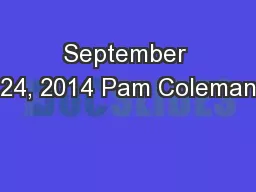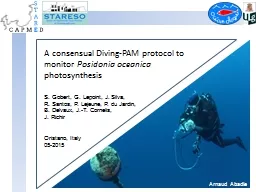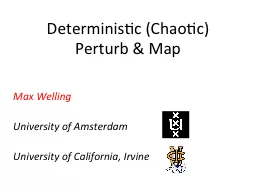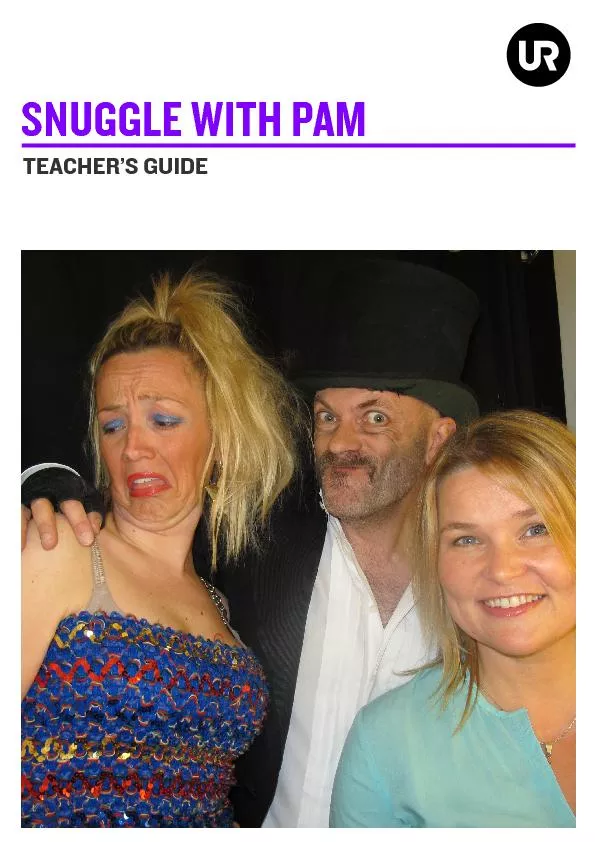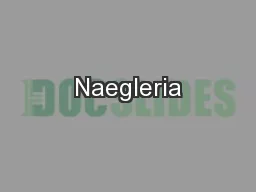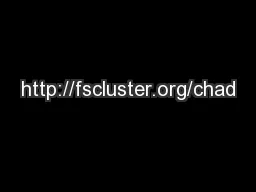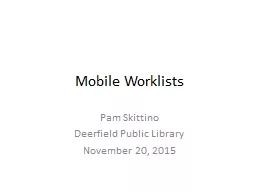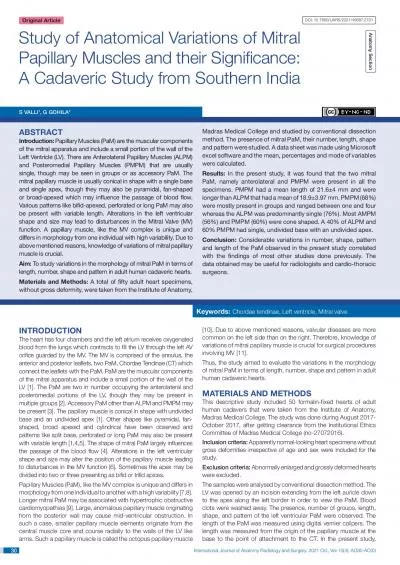PPT-September 24, 2014 Pam Coleman
Author : trish-goza | Published Date : 2018-02-25
Senior Consultant Medicaid Managed Care Trends and Opportunities About Sellers Dorsey Sellers Dorsey is a national healthcare consulting firm that navigates the
Presentation Embed Code
Download Presentation
Download Presentation The PPT/PDF document "September 24, 2014 Pam Coleman" is the property of its rightful owner. Permission is granted to download and print the materials on this website for personal, non-commercial use only, and to display it on your personal computer provided you do not modify the materials and that you retain all copyright notices contained in the materials. By downloading content from our website, you accept the terms of this agreement.
September 24, 2014 Pam Coleman: Transcript
Download Rules Of Document
"September 24, 2014 Pam Coleman"The content belongs to its owner. You may download and print it for personal use, without modification, and keep all copyright notices. By downloading, you agree to these terms.
Related Documents

